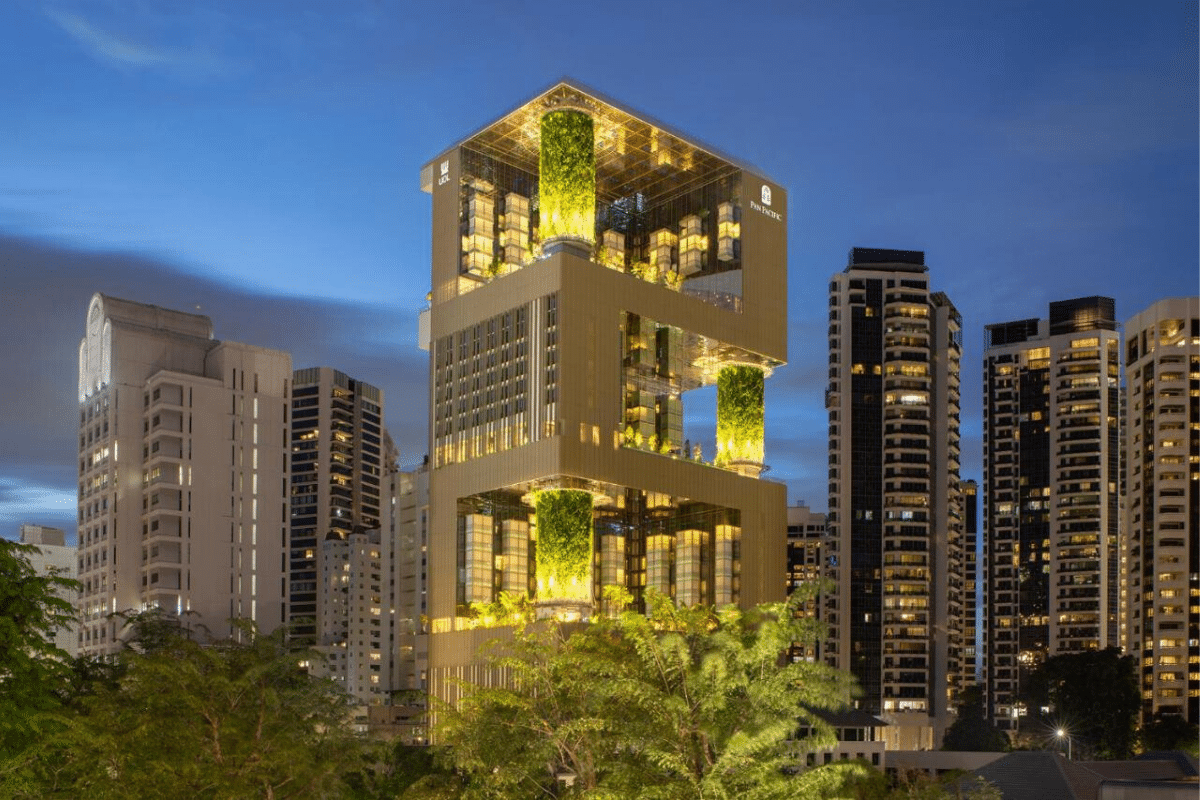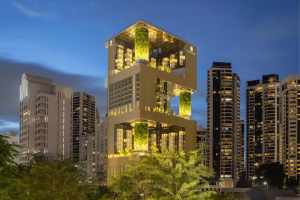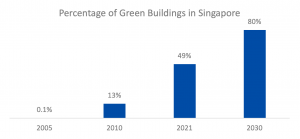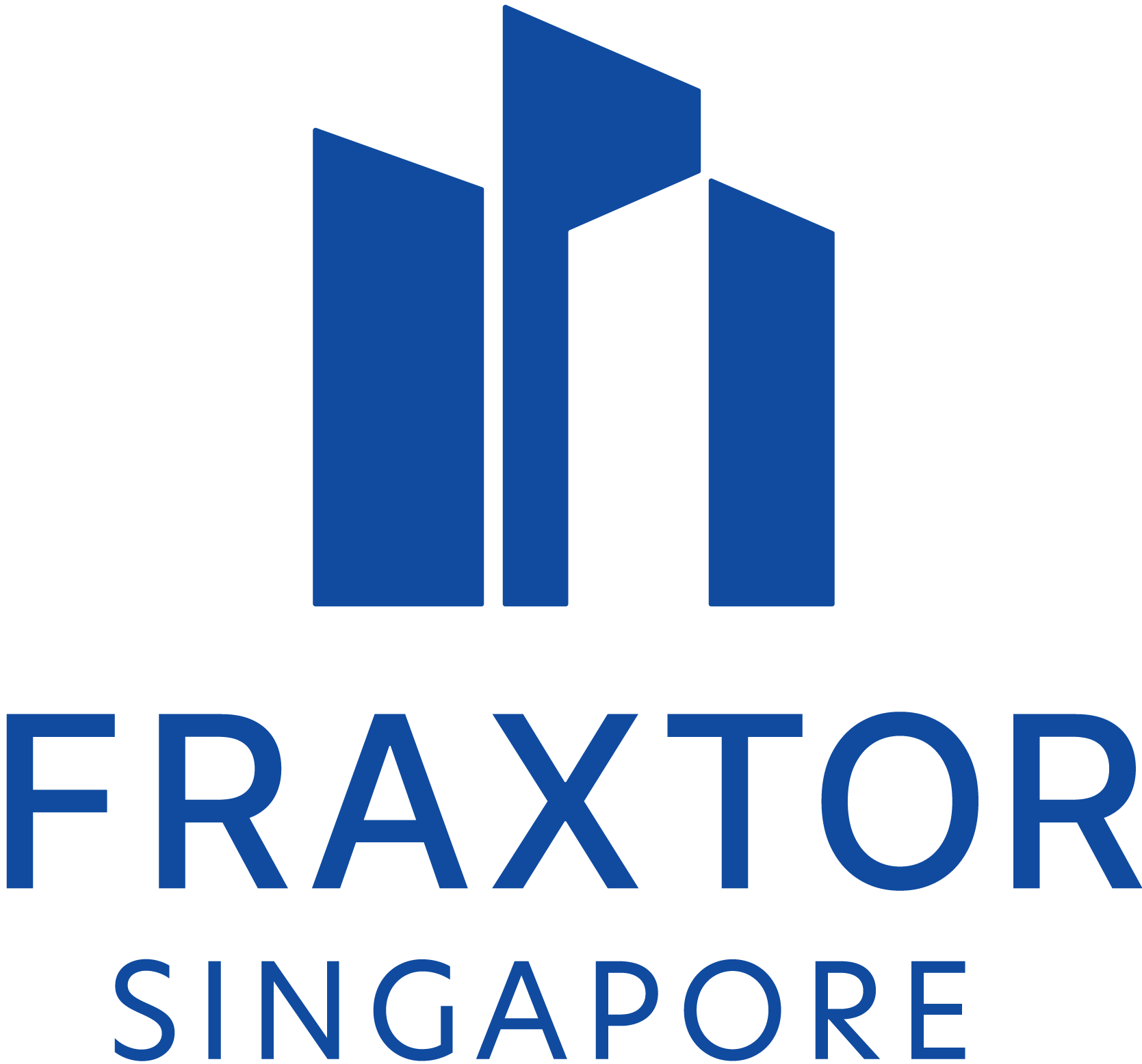
Sustainable Living through Eco-friendly Properties
Sustainable living is becoming increasingly prevalent as both individuals and corporations become more aware of the impact of their actions on the environment. In recent years, the Housing & Development Board (HDB) and developers have been placing increasing emphasis on providing eco-friendly properties.
With Singapore’s goal to green 80% of buildings by 2030, such sustainable homes will become increasingly commonplace. Today, we will be shedding light on the benefits and costs of sustainable buildings.
What are Eco-friendly Properties?
Eco-friendly properties are designed and built to minimize their environmental impact. For instance, developers may opt to use sustainable building materials, such as recycled and locally sourced materials. Properties are also designed to maximize light and ventilation, hence reducing the usage of electricity from lighting and air-conditioning. Additionally, energy-efficient and renewable energy appliances are installed, such as solar panels and rainwater harvesting systems. Developers often incorporate greenery and nature into the properties through gardens and green rooftops as well.
One such example is the Green Mark Platinum certified, newly developed Pan Pacific Orchard hotel. It’s energy, water and waste systems are integrated with one another; solar panels generate clean energy to supplement total energy usage while rainwater collection waters the numerous plants, there is also a bio-digester system that transforms food waste into cleaning water. The development also boasts low-emissivity, double-glazed glass, helping to keep interior temperature down.

Source: Pan Pacific Hotel Group (Pan Pacific Orchard)
Sustainable homes are here to stay
To encourage developers to build or redevelop green properties, the Building and Construction Authority (BCA) of Singapore launched the Green Mark certification scheme, where buildings are rated based on their environmentally friendly building technologies and designs. Developers can then apply for grants and incentives to lower construction costs.
Additionally, with the growing trends of Environment, Social and Governance (ESG) targets, green financing is becoming mainstream, and developers might find it hard to obtain funding if they do not comply with sustainable practices. For instance, an increasing number of banks are joining the Net-Zero Banking Alliance which offers green and sustainability-linked loans.

Source: Building and Construction Authority
BCA’s efforts to meet the goal of having 80% of all buildings greened by 2030 have seen good progress, with almost half of Singapore’s buildings reaching sustainability standards as of March 2020. Moving forward, sustainable features will be mainstream in most Singaporean homes.
Are Eco-friendly Properties worth investing in?
While there is a green premium on choosing sustainable technology that often places a heftier price tag on these eco-friendly homes, such investments will eventually pay off in the long run with lower electricity bills. This is especially so as Singapore’s electricity tariffs increase, pushing Singaporeans towards greener energy sources that can reduce electricity consumption. According to the Energy Market Authority of Singapore, regulated electricity tariffs increased by 20.8% from 2020 to 2022, and are expected to rise further.
Eco-friendly properties are also better for the environment. The United Nations estimates that, in order to limit the rise in global temperatures to less than 2ºC by 2030, the property industry must reduce the average energy intensity of buildings by at least 30%. By reducing your energy and water consumption, you can help to reduce greenhouse gas emissions and combat climate change.
In addition to the environmental and financial benefits, living in an eco-friendly property can also be healthier. Residents of eco-friendly properties typically enjoy better ventilation and indoor air quality that are less likely to be contaminated with mold and other toxins.
Furthermore, the benefits of green buildings extend beyond residential homes. According to Cushman & Wakefield, the office buildings in the Central Business District with a Green Mark Rating see 2% to 4% higher occupancy. These office spaces often also bring 4% to 11% higher rental prices, depending on their Green Mark Rating and office building grades. New office buildings are also poised to raise sustainability benchmarks, such as the redevelopment of Keppel Towers, which has been awarded the Green Mark Platinum Super Low Energy (SLE) accreditation.
Conclusion
Sustainable homes have become commonplace in the Singapore property market. While investments in eco-friendly properties may have a higher price tag than your usual homes, it can be a smart decision for both your wallet and the environment in the long run.
Sign up to our newsletter
Sign up for our newsletter to stay in touch with global real estate news and opportunities!
By signing up, you acknowledge that you have read and agreed to our privacy policy.

